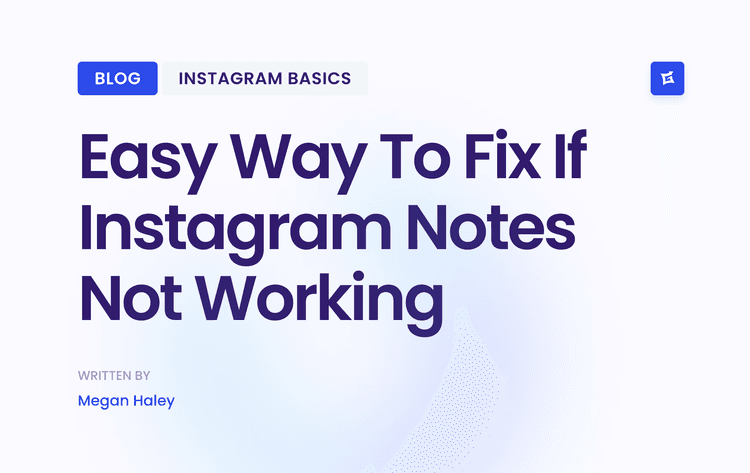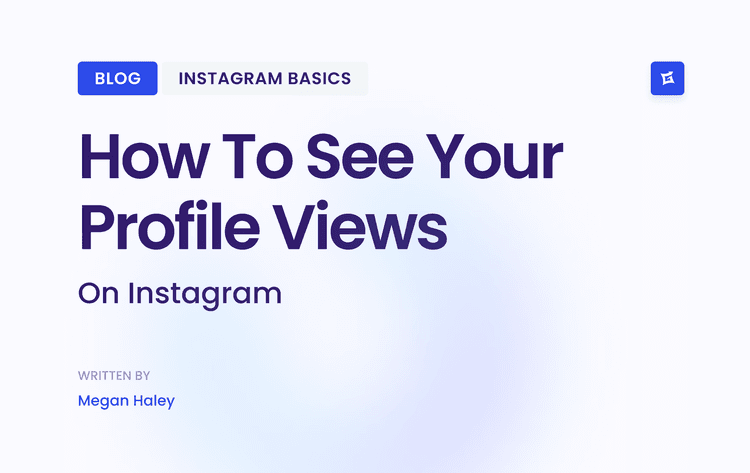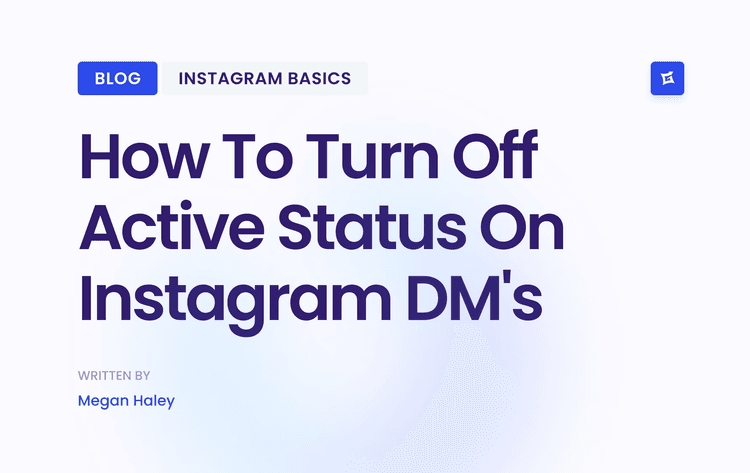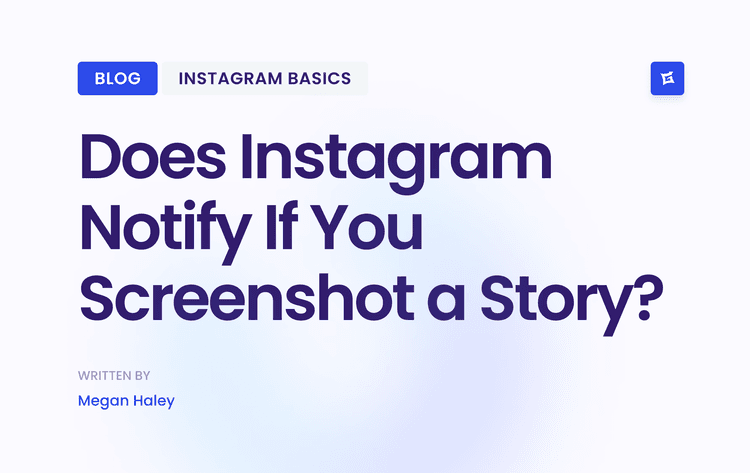1. Daniel Wellington x Micro-Influencers
Daniel Wellington (DW) executed one of the most definitive and successful influencer marketing campaigns by pioneering a micro-influencer-first strategy. Instead of paying large sums to a few mega-celebrities, DW blanketed Instagram by gifting its classic, minimalist watches to thousands of smaller, niche creators. This approach built a powerful, organic-feeling brand Identity from the ground up.
The core of the strategy was simple yet effective: provide a free watch and a unique, trackable discount code. Influencers then posted photos incorporating the watch into their everyday lives, from coffee shop flat lays to travel adventures. This created a sense of authentic, peer-to-peer recommendation rather than a forced advertisement.
Strategic Breakdown
Daniel Wellington’s success wasn't accidental; it was built on a replicable framework. The brand focused on lifestyle integration, ensuring their products felt like a natural part of an influencer's aesthetic. They also maintained brand consistency by targeting creators with a similar clean and aspirational visual style.
The use of unique discount codes was a genius move for two key reasons:
Incentivized Sales: Followers felt they got an exclusive deal, driving immediate conversions.
Trackable ROI: The brand could precisely measure which influencers generated the most sales, allowing them to optimize future partnerships.
The following infographic highlights the staggering results of this meticulously executed campaign.
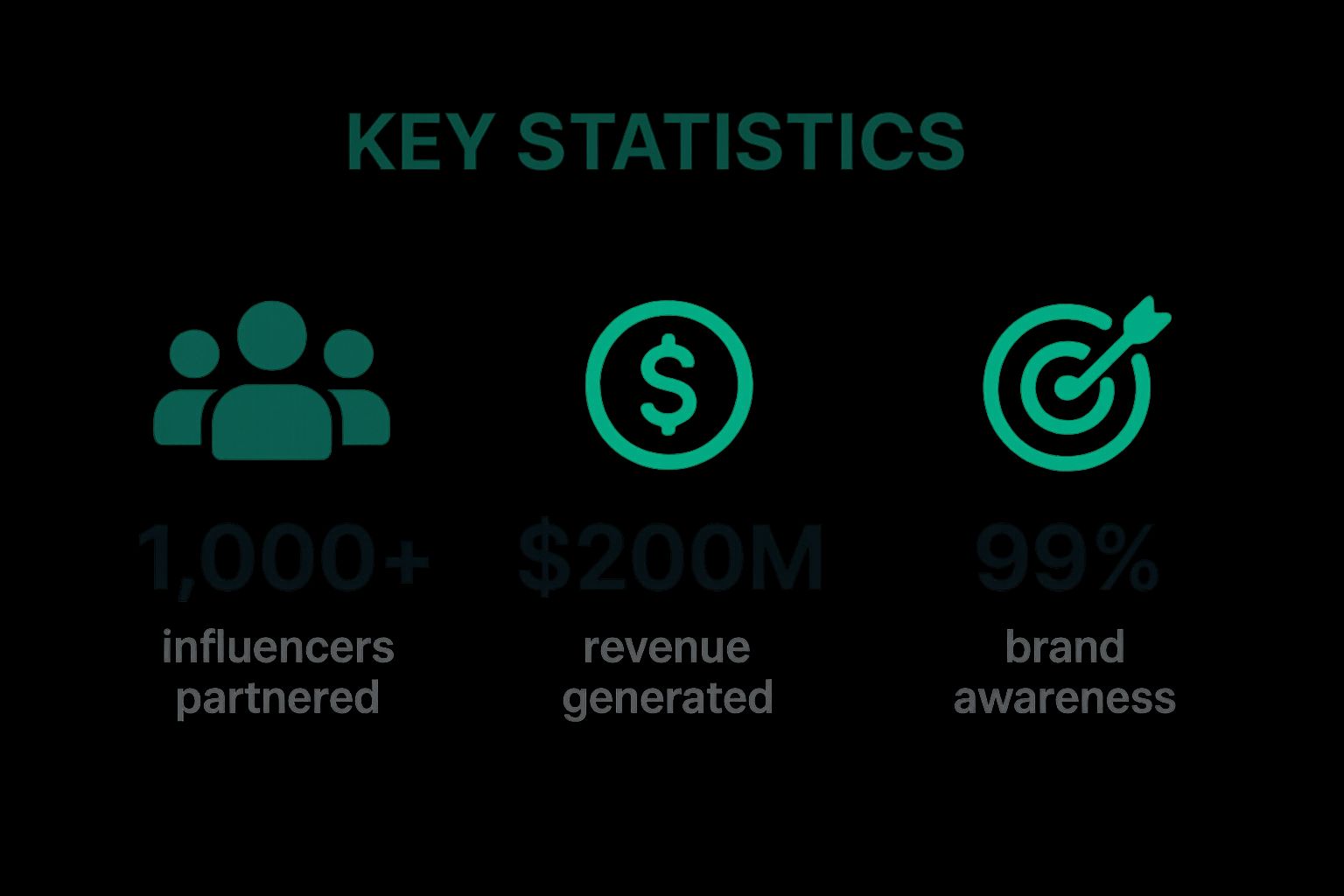
These numbers demonstrate how a high-volume, micro-influencer approach can generate massive revenue and achieve near-total brand saturation within a target demographic. To dive deeper into structuring these types of partnerships, you can learn more about how to collaborate with influencers effectively. This campaign proved that collective, authentic endorsements can be more powerful than a single, high-cost celebrity post.
2. Fenty Beauty x Beauty Influencers Diversity Campaign
Fenty Beauty’s launch is a masterclass in how to build one of the most successful influencer marketing campaigns by placing a core brand value, inclusivity, at the heart of its strategy. Rihanna’s brand disrupted the cosmetics industry by launching with a groundbreaking 40-shade foundation range and partnering with a diverse array of beauty influencers to showcase it. This approach wasn't just about marketing a product; it was about starting a movement.
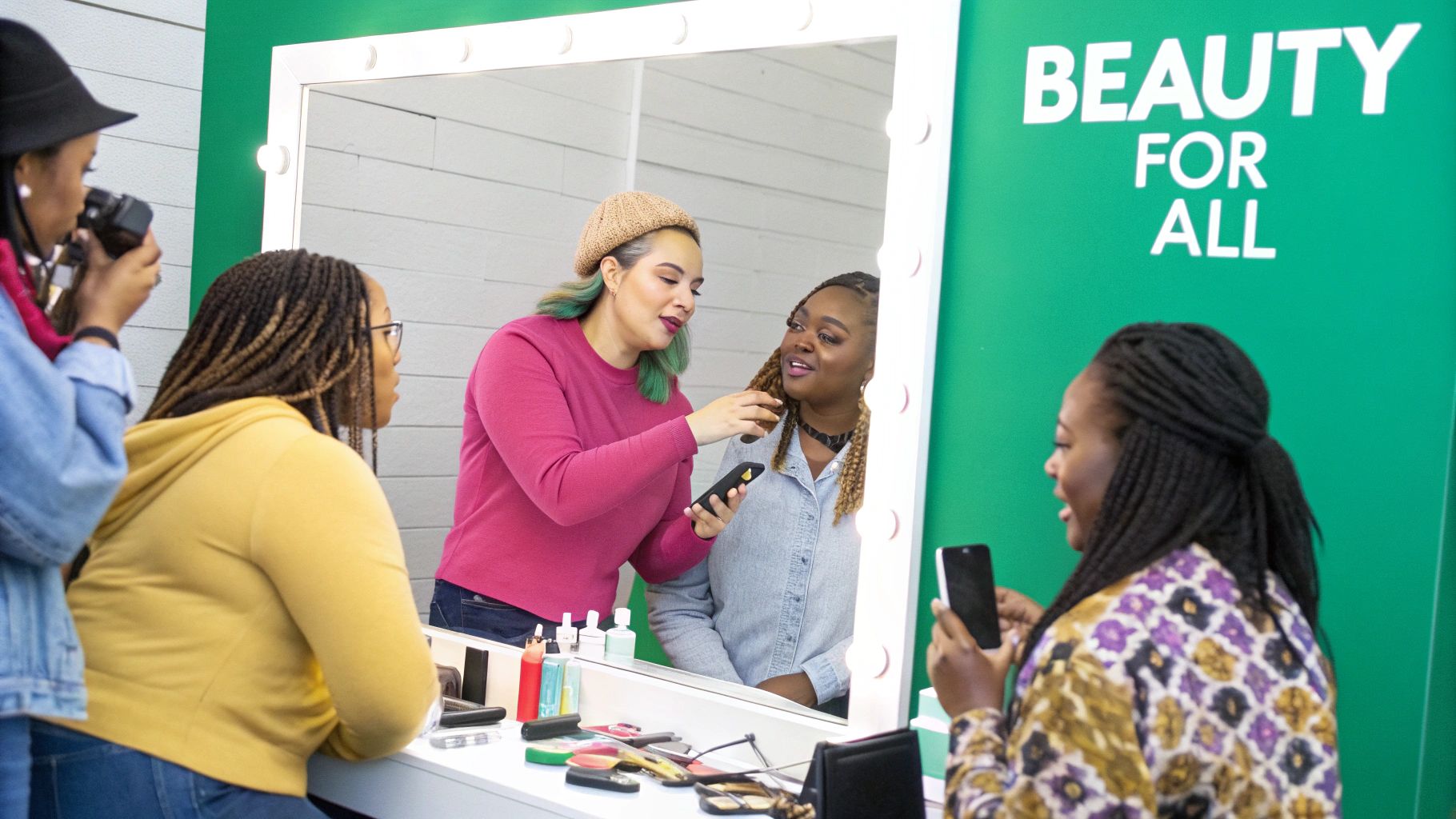
The campaign’s genius was in its authenticity. Fenty Beauty collaborated with macro-influencers like Jackie Aina and micro-influencers like Nyma Tang, empowering them to share honest, unscripted reviews. By featuring creators from every skin tone, particularly those historically underserved by the beauty industry, Fenty demonstrated its commitment to representation, generating massive organic buzz and consumer trust. This strategy led to a staggering $100 million in sales within its first 40 days.
Strategic Breakdown
Fenty Beauty’s success stemmed from its value-driven authenticity. Instead of just sending products, the brand built partnerships with influencers who genuinely connected with its mission of "Beauty for All." This created a powerful narrative that felt more like a community celebration than a traditional marketing push. The brand allowed influencers creative freedom to share honest experiences, leading to powerful, trust-building testimonials.
The campaign's effectiveness was rooted in two core principles:
Authentic Representation: Fenty prioritized partnerships that reflected its diverse target audience, ensuring its message of inclusivity was demonstrated, not just stated. This resonated deeply with consumers who felt seen by the brand.
Product-Led Storytelling: The campaign let the product do the talking. Influencers showed the foundation's effectiveness on their skin, providing tangible proof of the brand’s promise and driving a desire for firsthand experience.
This campaign proves that when a brand's values, influencer partnerships, and product strategy are in perfect alignment, the result is a cultural phenomenon. By championing diversity, Fenty didn’t just sell makeup; it built a fiercely loyal community and set a new industry standard.
3. Gymshark x Fitness Influencer Community
Gymshark built its fitness apparel empire, now valued at over $1.4 billion, by cultivating a dedicated community of athletes and creators, making it a prime example of successful influencer marketing campaigns. Instead of pursuing one-off paid posts, the brand focused on identifying rising stars in the fitness world and establishing long-term, authentic partnerships. They supported influencers like David Laid and Nikki Blackketter early in their careers, growing alongside them.
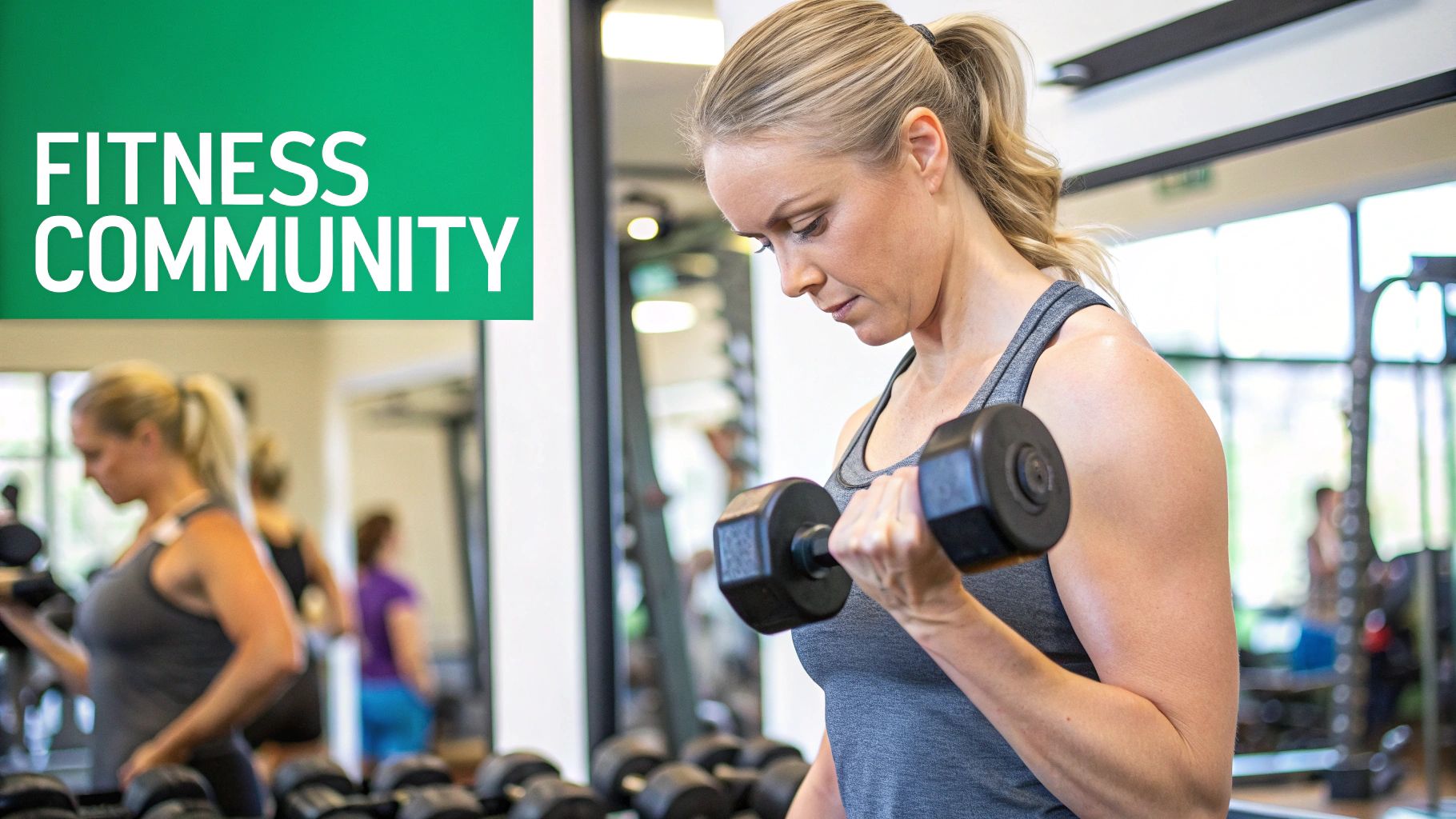
This strategy changed brand ambassadors into a genuine "Gymshark family," where the apparel was a natural part of their fitness journey, not just a product to promote. The content created by these partners felt more like a personal endorsement from a trusted peer than a sponsored ad, fostering deep brand loyalty and an aspirational community that consumers were eager to join.
Strategic Breakdown
Gymshark’s community-first approach was built on mutual growth and genuine connection. The brand prioritized authentic brand advocacy, selecting influencers who genuinely loved and used the products. This created a powerful flywheel effect where the influencer's personal brand growth directly fueled Gymshark's market expansion.
The success of this model hinged on two core principles:
Long-Term Investment: Gymshark invested in influencers' careers by providing support, exposure, and a sense of belonging, which fostered unwavering loyalty and organic promotion.
Community Building: They created an exclusive sense of community through athlete meetups, events, and collaborative content, making ambassadors feel like core members of the team.
This community-centric model proves that nurturing talent and fostering genuine relationships can be far more impactful than transactional campaigns. It demonstrates how to build an army of authentic advocates who drive brand growth organically, a key takeaway for anyone studying successful influencer marketing campaigns.
4. Airbnb #LiveThere Campaign
Airbnb redefined travel marketing with its #LiveThere campaign, creating one of the most successful influencer marketing campaigns by shifting the focus from tourist traps to authentic, local living. Instead of simply showcasing properties, the brand partnered with high-profile travel influencers to immerse themselves in unique neighborhoods, experiencing cities like residents, not visitors.
The campaign's premise was to capture the feeling of belonging somewhere new. Influencers like Murad Osmann (@muradosmann) and the duo behind @doyoutravel, Jack Morris and Lauren Bullen, were given accommodations and tasked with creating content that highlighted the "live like a local" philosophy. This strategy powerfully differentiated Airbnb from the standardized experience offered by traditional hotels.
Strategic Breakdown
Airbnb’s campaign was a masterclass in storytelling over selling. The brand gave influencers significant creative freedom, allowing them to craft genuine narratives about their experiences, from discovering hidden cafes to shopping at local markets. This approach made the content feel personal and aspirational, not like a direct advertisement.
The strategy was built on several key pillars:
Authentic Experiences: The campaign prioritized genuine local immersion, which resonated deeply with a millennial audience seeking more meaningful travel.
Creative Freedom: By not over-scripting the content, Airbnb ensured each influencer's unique voice and style shone through, enhancing credibility and engagement.
Content Amplification: Airbnb leveraged the high-quality, user-generated content across its social channels and paid ad campaigns, maximizing reach and impact.
This campaign generated over 2 billion social media impressions and increased brand consideration by 15% in key markets, proving that emotional, story-driven content can deliver powerful business results. For a closer look at similar strategies, you can explore other top social media campaign examples. The #LiveThere campaign cemented Airbnb's identity as a facilitator of unique, authentic travel adventures.
5. Glossier x Everyday Beauty Enthusiasts
Glossier revolutionized the beauty industry by flipping the traditional marketing model on its head, creating one of the most community-driven and successful influencer marketing campaigns to date. Instead of relying on celebrity endorsements, Glossier built its empire by treating every customer as a potential influencer. Their strategy focused on empowering everyday beauty enthusiasts to share authentic experiences, turning user-generated content into their primary marketing engine.
The brand's ethos, "skin first, makeup second," resonated deeply with a generation tired of unattainable beauty standards. Glossier actively encouraged real, unfiltered reviews and posts from its community, often featuring them on its social media channels. This approach transformed customers into brand advocates, fostering a powerful sense of belonging and trust that traditional advertising struggles to achieve.
Strategic Breakdown
Glossier’s triumph was rooted in its deep understanding of community and authenticity. The brand strategically focused on customer-centric co-creation, making its audience feel like integral partners, not just consumers. By amplifying real user voices, Glossier created a continuous feedback loop that informed product development and strengthened brand loyalty.
This community-first model was brilliant for several reasons:
Scalable Authenticity: User-generated content provided a limitless stream of genuine, relatable marketing material at a fraction of the cost of studio-produced campaigns.
Built-in Social Proof: When potential buyers see thousands of real people loving and using a product, it builds immense trust and credibility, driving organic growth and sales.
The following data showcases the incredible power of this community-driven strategy, which generated over 90% of its content from customers and micro-influencers. These tactics helped build a hyper-engaged community of over 3 million followers and achieve revenues exceeding $200 million. By making its customers the heroes of its brand story, Glossier proved that authentic community engagement can be the most effective marketing tool of all. To get started with this approach, you can learn more about how to leverage user-generated content for your brand.
6. Old Spice x Gaming Influencers Twitch Campaign
Old Spice redefined its brand for a new generation by executing one of the most culturally attuned and successful influencer marketing campaigns on Twitch. The brand partnered with top-tier gaming influencers to create sponsored content that felt less like an advertisement and more like authentic entertainment, perfectly matching its signature humorous and over-the-top personality. This pivot allowed Old Spice to connect with a younger, male-dominated audience in their native digital environment.
The campaign went beyond simple shoutouts, featuring hilarious custom integrations that resonated with gaming culture. Influencers like TimTheTatman and Dr Disrespect participated in sponsored streams and challenges that felt organic to their content. For example, the brand sponsored an “Old Spice Nature Adventure” in the game ARK: Survival Evolved, creating a memorable and interactive experience that viewers loved.
Strategic Breakdown
Old Spice’s triumph was rooted in its deep understanding and respect for the gaming community. Rather than forcing traditional ad formats, the brand embraced the platform's culture, focusing on entertainment value over direct sales pitches. They granted influencers significant creative freedom to ensure the sponsored content aligned with their unique styles, making the promotions feel genuine.
This approach was brilliant for several key reasons:
Authentic Integration: The content was tailored specifically for the Twitch platform and gaming audience, avoiding the "corporate invader" feel that often plagues non-endemic brand partnerships.
High Engagement: By creating interactive and humorous experiences, Old Spice captured viewers' attention for extended periods, generating millions of views and fostering positive brand sentiment among a notoriously ad-averse demographic.
This campaign proved that even legacy brands can penetrate niche communities by prioritizing cultural fluency and authentic collaboration. It demonstrated that when done right, influencer partnerships in the gaming space can build powerful brand affinity and achieve massive reach, reinforcing its place as a top-tier example of a successful influencer marketing campaign.
7. Chipotle #GuacDance TikTok Challenge
Chipotle masterfully harnessed the viral power of TikTok with its #GuacDance challenge, creating one of the platform's most successful influencer marketing campaigns. The concept was simple: celebrate National Avocado Day by encouraging users to create a dance inspired by their love for guacamole. To ignite the trend, Chipotle partnered with popular, platform-native creators to kickstart participation.
The campaign’s genius lay in its low barrier to entry and its perfect alignment with TikTok's culture of user-generated content (UGC), memes, and dance challenges. Instead of a direct advertisement, Chipotle created a fun, interactive event that invited its audience to become part of the brand's story. This strategy resulted in an explosion of organic engagement and brand visibility.
Strategic Breakdown
Chipotle's success was meticulously planned, focusing on platform-native engagement and viral mechanics. They understood that TikTok thrives on simple, replicable formats that allow for personal creative expression within a shared theme. By partnering with creators like Charli D'Amelio, they ensured the trend had an authentic, powerful launchpad.
The #GuacDance challenge was effective for several key reasons:
Viral Format: It tapped into TikTok's most popular content type, the dance challenge, making participation feel natural and fun for the user base.
Compelling Incentive: The campaign was timed perfectly with National Avocado Day, and for a limited time, guacamole was free with an online or in-app entree order, directly tying participation to sales.
Massive UGC Generation: It generated over 250,000 video submissions and achieved over 430 million video starts in just six days, becoming TikTok’s highest-performing branded challenge at the time.
These results highlight how a brand can achieve monumental reach by creating a campaign that feels more like a community celebration than a marketing push. To learn more about how Chipotle continues to leverage digital trends, you can explore their ongoing marketing initiatives. The #GuacDance campaign proved that understanding and embracing a platform's core culture is the key to unlocking authentic, large-scale engagement.
8. ASOS x Fashion Micro-Influencers #AsSeenOnMe
ASOS built one of the most sustainable and successful influencer marketing campaigns by changing customers into brand ambassadors through its #AsSeenOnMe initiative. Instead of one-off partnerships, ASOS created a continuous content engine by collaborating with thousands of fashion micro-influencers. The program empowered creators to showcase how they style ASOS pieces in their everyday lives, generating authentic, user-centric content at a massive scale.
The strategy revolved around a simple value exchange: ASOS provided influencers with clothing credits, and in return, creators posted their unique looks using the #AsSeenOnMe hashtag. This approach turned their social media feeds into an endlessly diverse and relatable style lookbook, demonstrating the versatility of ASOS products across different body types, cultures, and aesthetics.
Strategic Breakdown
ASOS’s success came from its focus on community-building and authenticity. By celebrating real people and their styles, the brand fostered a genuine connection with its audience. This program moved beyond simple product placement to create a platform for fashion self-expression.
The #AsSeenOnMe hashtag was a critical element for several reasons:
Content Aggregation: It created a shoppable, user-generated gallery directly on the ASOS website, allowing customers to see products styled by peers and purchase them instantly.
Scalable Authenticity: The campaign generated millions of tagged posts, providing social proof and fashion inspiration that felt far more organic than traditional advertising.
Diverse Representation: By partnering with over 30,000 global micro-influencers, ASOS ensured its marketing reflected its diverse customer base, a key value for modern consumers.
This long-term, community-focused approach not only increased social engagement by over 40% but also embedded ASOS deeply within the fabric of online fashion culture. The campaign is a masterclass in turning brand-centric marketing into a customer-centric movement.
Top 8 Successful Influencer Campaigns Comparison
1. Daniel Wellington x Micro-Influencers
This campaign involved medium implementation complexity, as it required managing over 1,000 influencers at scale. The resource requirements were moderate, focusing on influencer coordination and tracking. The expected outcomes were high, generating $200 million in revenue and 99% brand awareness. It’s ideal for fashion brands seeking scalable influencer strategies and offers the key advantage of being cost-effective with high engagement rates.
2. Fenty Beauty x Beauty Influencers Diversity Campaign
The campaign had high implementation complexity due to its multi-tier, inclusive partnership model. It required high resources for ongoing diverse influencer relationships. The outcomes were very high, with $100 million generated in 40 days and a viral organic reach. This approach is best suited for beauty or cosmetics brands prioritizing inclusivity, and it offers strong media coverage and a loyal community.
3. Gymshark x Fitness Influencer Community
This campaign was medium-high in complexity, focusing on long-term, global community building. It required high resources for managing relationships with over 10,000 athletes. The results were very high, contributing to a $1.4 billion valuation and 70% marketing impact. Fitness and apparel brands building authentic communities would benefit most, with high conversion and global scalability as key advantages.
4. Airbnb #LiveThere Campaign
With medium complexity, this campaign focused on storytelling and influencer vetting. It demanded moderate to high resources for content production and quality control. Expected outcomes were high, reaching over 2 billion impressions and achieving a 15% brand lift. It's ideal for travel and hospitality brands focused on experience marketing, providing strong brand differentiation and aspirational appeal.
5. Glossier x Everyday Beauty Enthusiasts
The campaign had a medium level of complexity, being community-driven with minimal control. It required moderate resources, particularly in community management. Outcomes were high, including $200 million in revenue and 3 million engaged followers. It suits beauty brands leveraging user-generated content, with key benefits like authentic advocacy and a loyal customer base.
6. Old Spice x Gaming Influencers Twitch Campaign
This campaign was high in complexity, utilizing a multi-platform, interactive gaming content strategy. It required high resource input for custom stream content and production. Results were medium-high, increasing brand awareness by 25%. It’s perfect for personal care brands targeting gaming audiences, offering viral potential and authentic cultural integration.
7. Chipotle #GuacDance TikTok Challenge
The implementation complexity was low to medium due to the short viral challenge format. It needed low resources, mainly partnering with TikTok creators. The campaign had high outcomes, with over 430 million video starts and massive reach. Food service brands aiming for viral engagement would benefit most, and it’s highly cost-effective with strong Gen Z reach.
8. ASOS x Fashion Micro-Influencers #AsSeenOnMe
This campaign was medium-high in complexity, involving large-scale management of a micro-influencer network with over 30,000 influencers. Resource requirements were high due to extensive program management. Outcomes were high, including millions of tagged posts and a 40% engagement increase. It’s suited for fashion and e-commerce brands promoting styling diversity, with continuous fresh content and an inclusive brand image as key strengths.
Final Thoughts
As we've explored through these detailed case studies, the anatomy of successful influencer marketing campaigns is far from a one-size-fits-all formula. From Daniel Wellington’s mastery of micro-influencer scale to Fenty Beauty’s paradigm-shifting commitment to inclusivity, a powerful, unifying thread emerges: the most impactful campaigns are built on authenticity, strategic alignment, and genuine community engagement.
The examples of Gymshark, Glossier, and ASOS underscore the immense power of transforming consumers into advocates and fostering a sense of shared identity. They didn't just sell products; they built movements by empowering real people and celebrating user-generated content, proving that your most passionate customers can be your most effective influencers.
From Inspiration to Implementation
So, how do you translate these high-level insights into your winning strategy? The key is to move beyond simply renting an influencer's audience and instead focus on co-creating value. The most successful influencer marketing campaigns consistently demonstrate a few core principles:
Trust Over Reach: Prioritize creators whose values and audience demographics align perfectly with your brand, even if their follower count isn't the largest. Authenticity resonates more deeply than sheer numbers.
Creative Freedom Within a Framework: Provide clear goals and a strategic brief, but grant influencers the creative liberty to speak in their voice. Chipotle’s #GuacDance challenge thrived because it gave creators a simple, fun concept to make their own.
Long-Term Partnerships: Shift from one-off transactional posts to building lasting relationships. Gymshark’s ambassador program is a testament to how sustained collaboration fosters genuine brand loyalty and advocacy.
Platform-Native Strategy: Don’t just syndicate content. Understand the unique culture and mechanics of each platform, as Old Spice did by brilliantly integrating into the live, interactive environment of Twitch.
Your Blueprint for Success
Ultimately, the blueprint for a standout campaign lies in understanding your "why." Why are you launching this campaign? What community do you want to engage? And what value are you offering both the creator and their audience?
The campaigns we've analyzed achieved legendary status not because of massive budgets, but because they answered these questions with clarity and purpose. They respected the creator’s craft, valued the audience’s intelligence, and focused on building connections, not just generating clicks. By adopting this strategic, human-centered mindset, you can scale up your efforts from fleeting advertisements to memorable, culture-shaping moments that drive real business results.
Ready to find the perfect influencers and manage your campaigns with precision? Gainsty is the all-in-one platform designed to help you discover authentic creators, streamline collaboration, and track your ROI effectively. Take the guesswork out of building your successful influencer marketing campaigns by visiting Gainsty today.
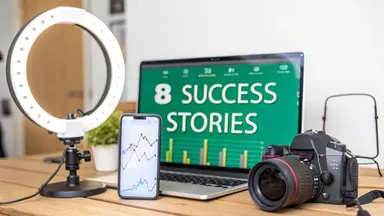
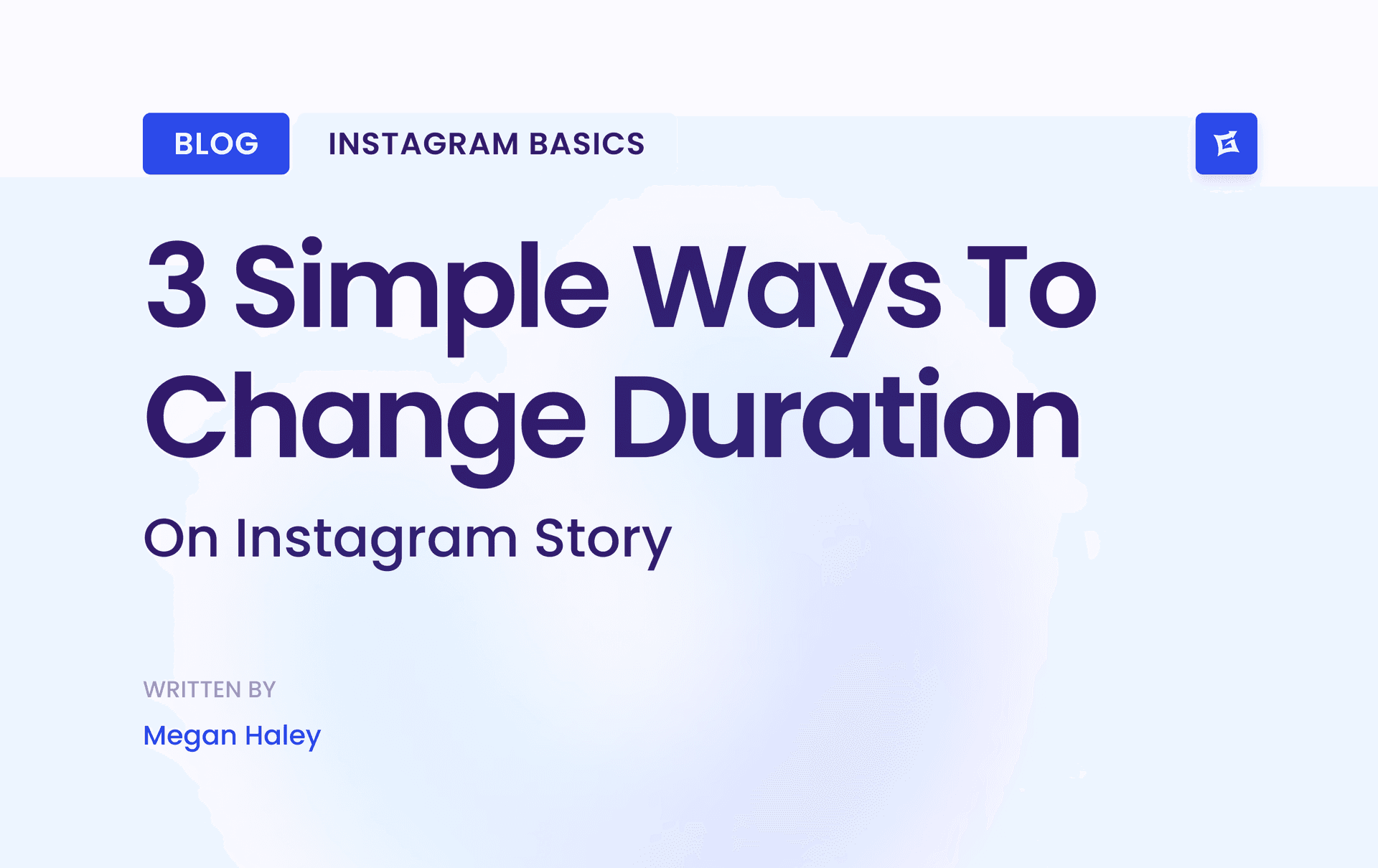
.png&w=1920&q=75&dpl=dpl_9XSWKBjhcBN6v6b1SN7m3p1WWjfr)
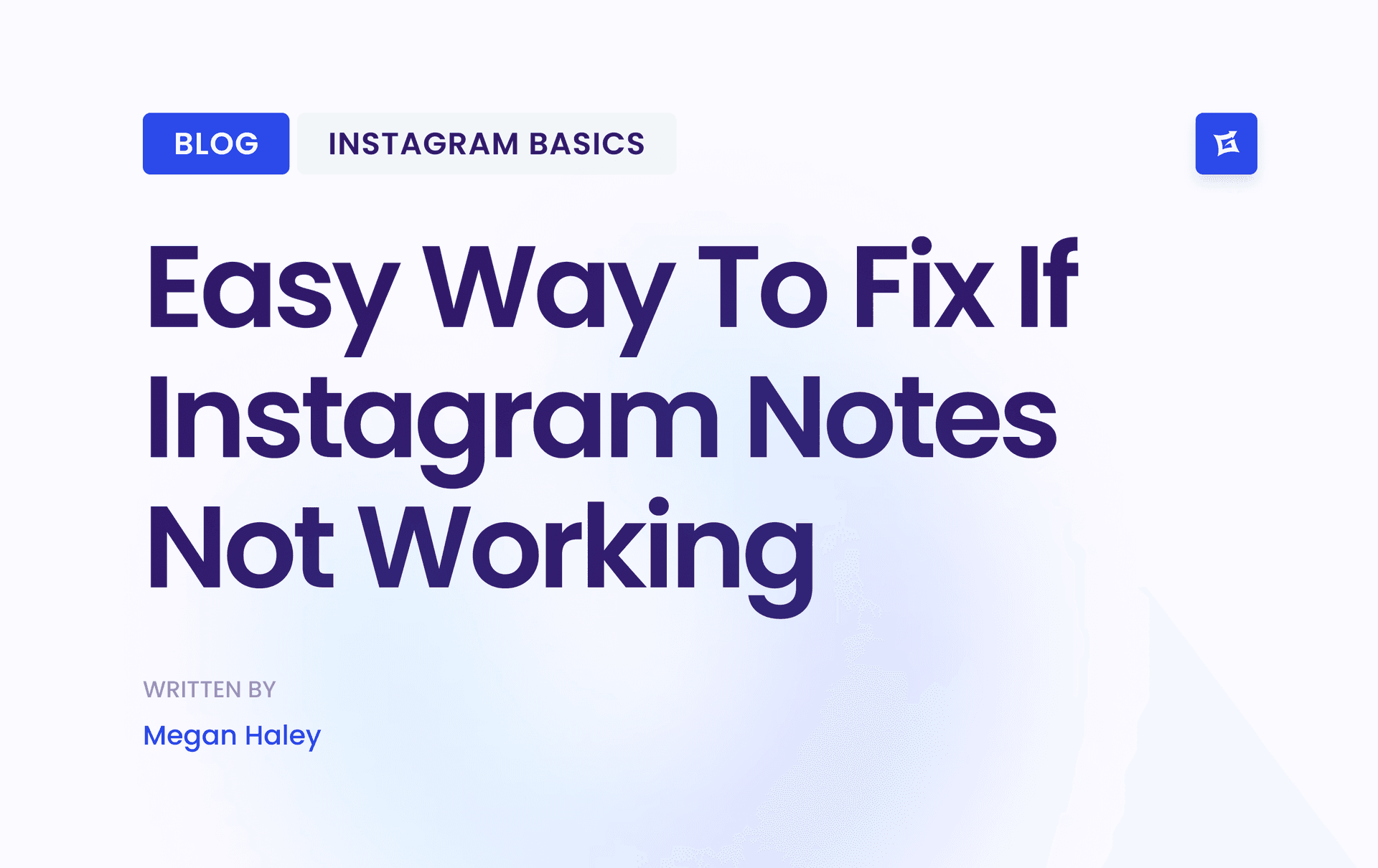
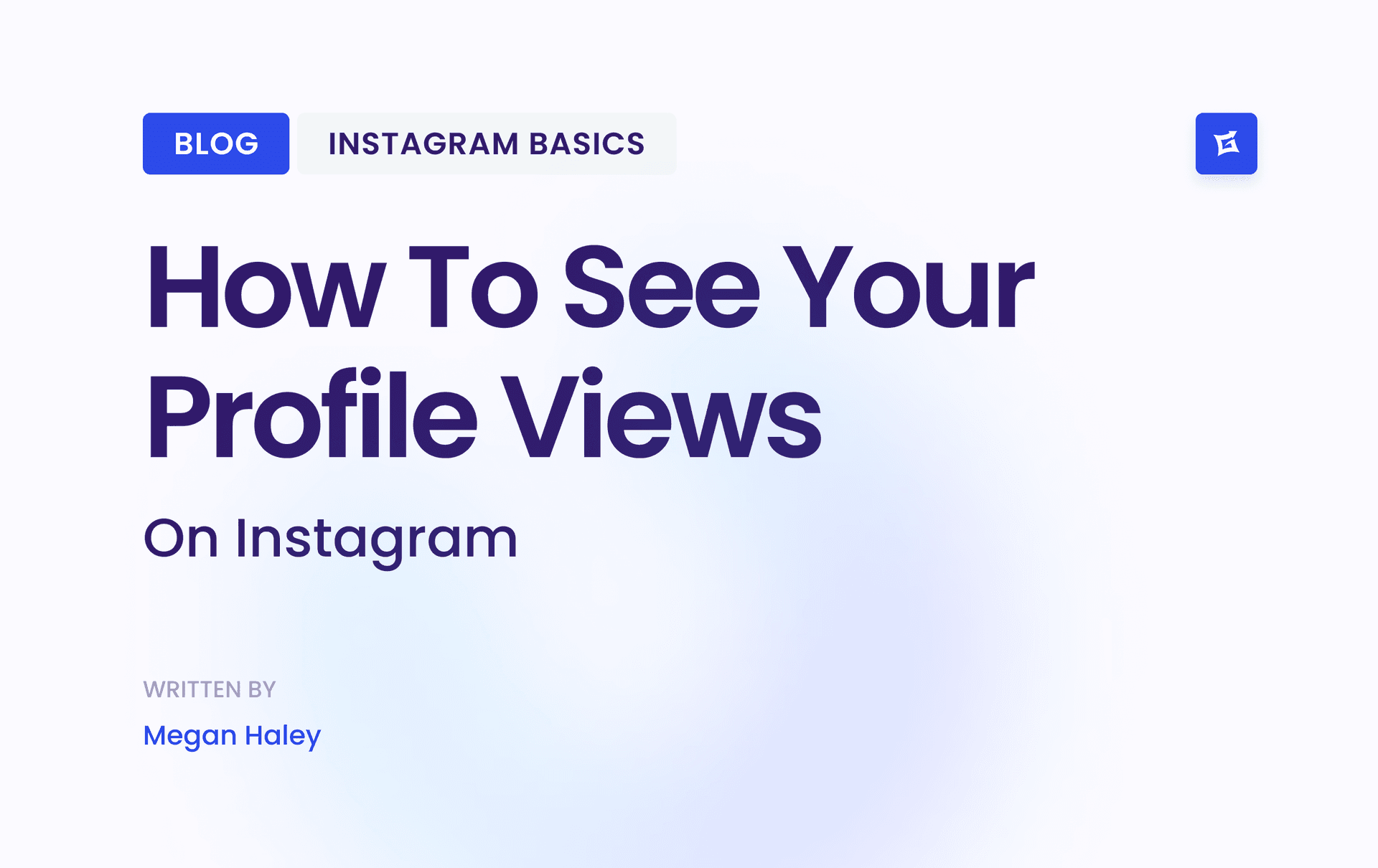
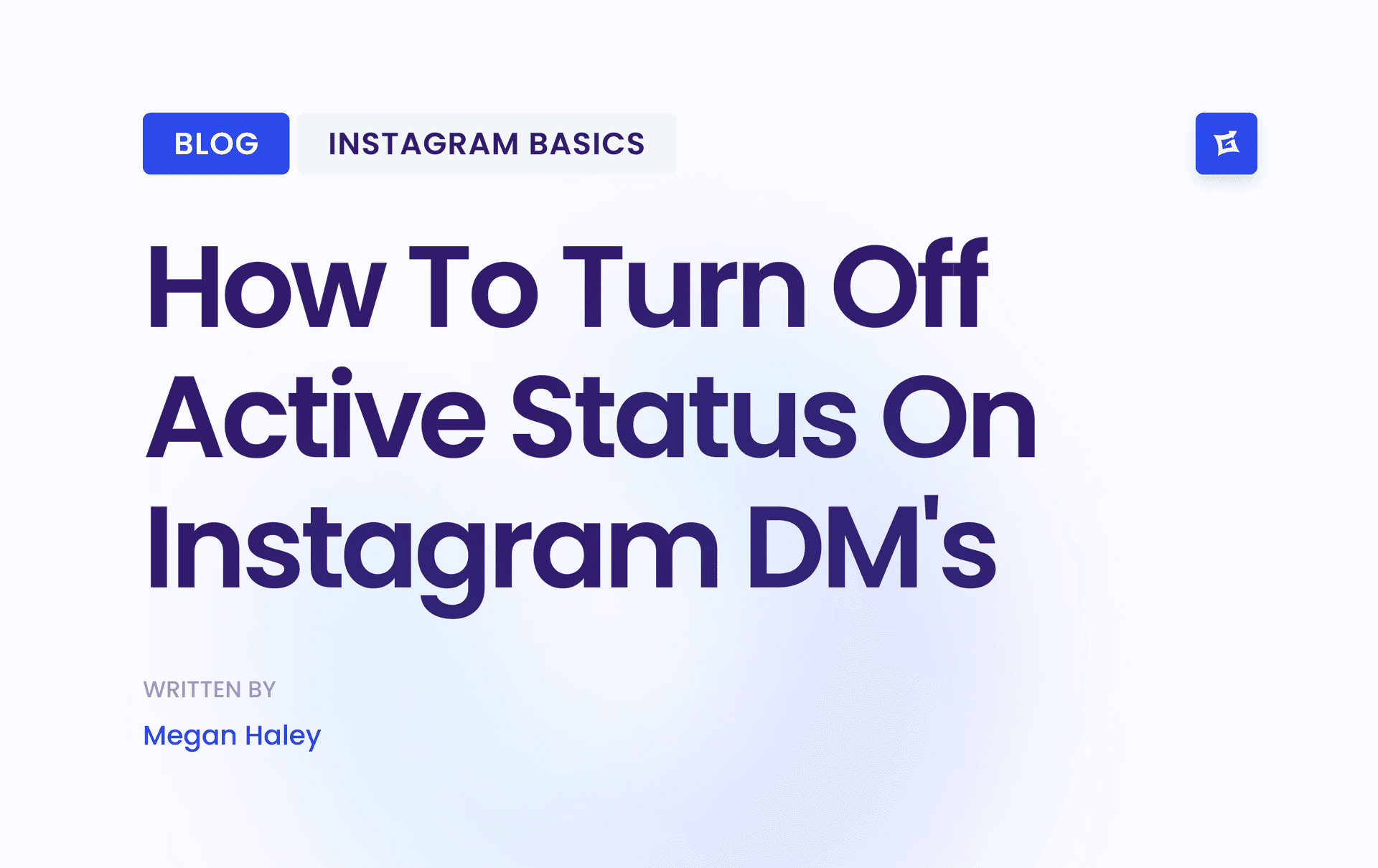
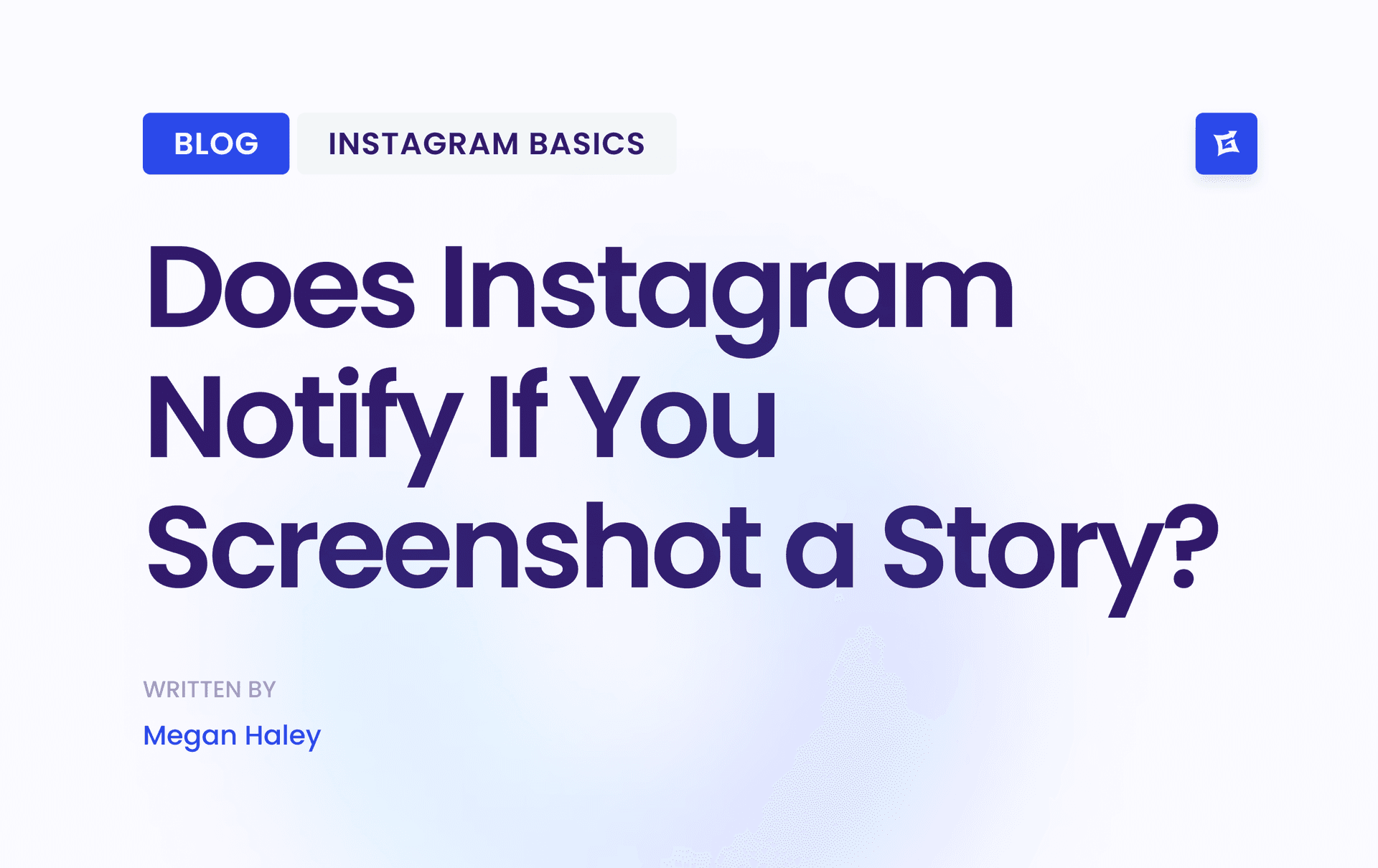


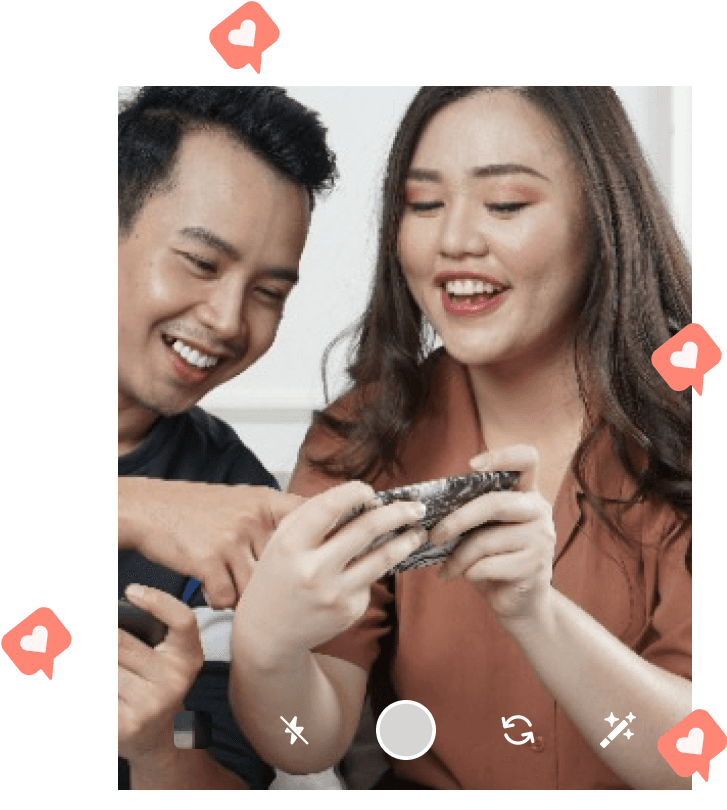
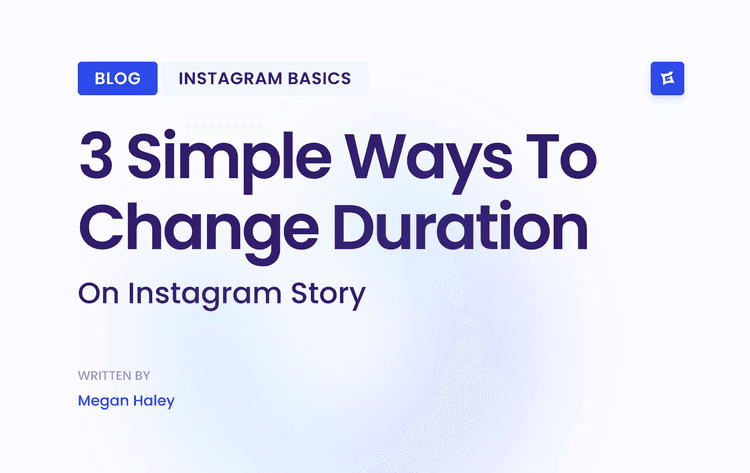
.png&w=750&q=75&dpl=dpl_9XSWKBjhcBN6v6b1SN7m3p1WWjfr)
